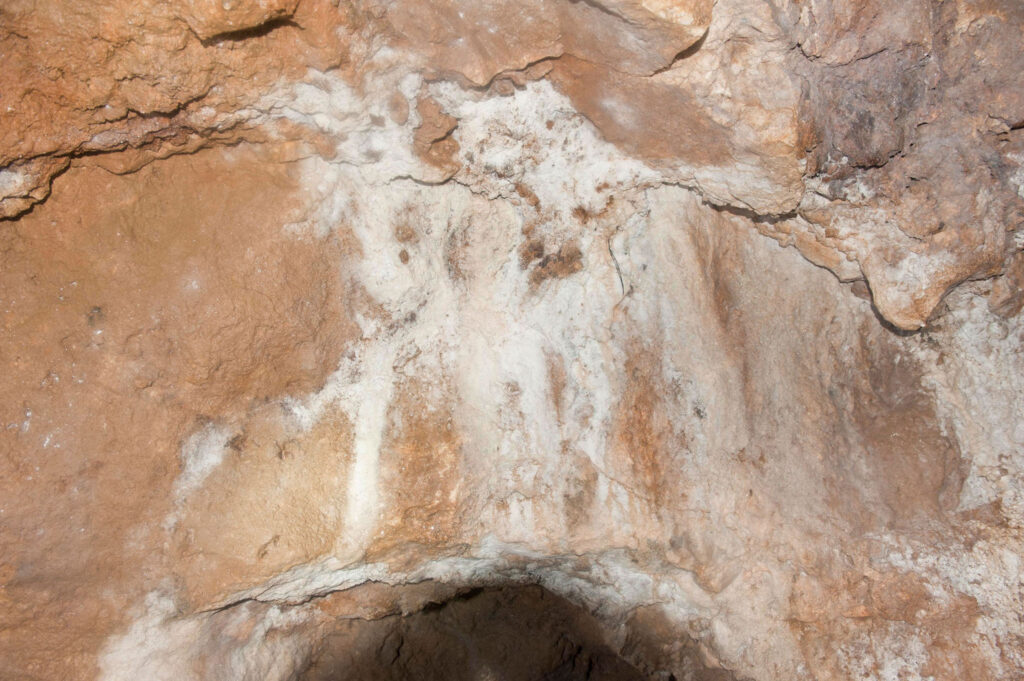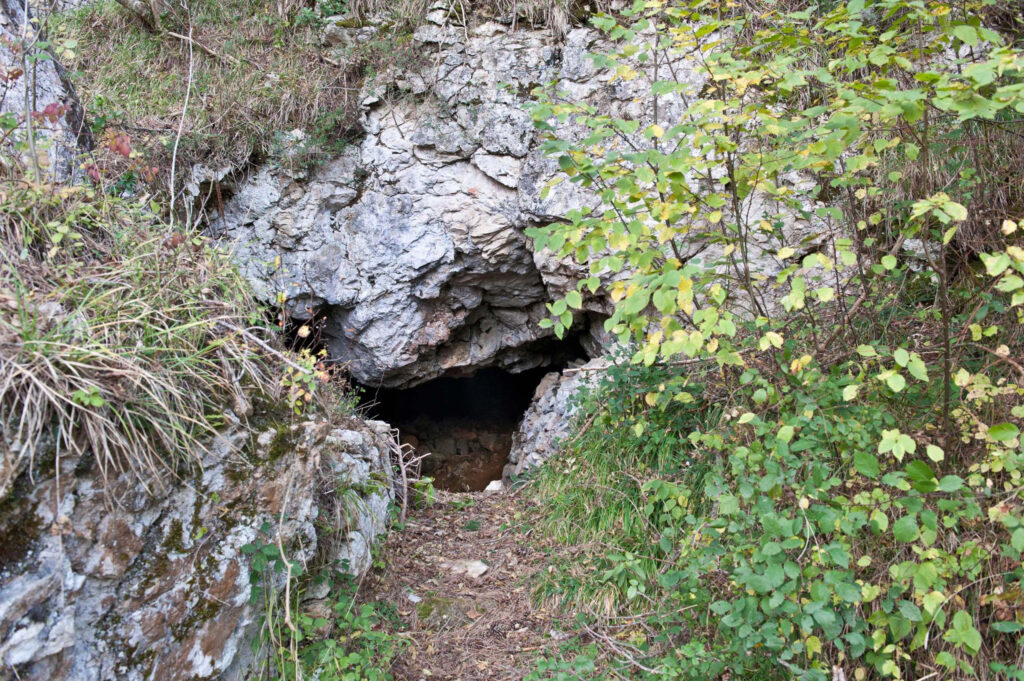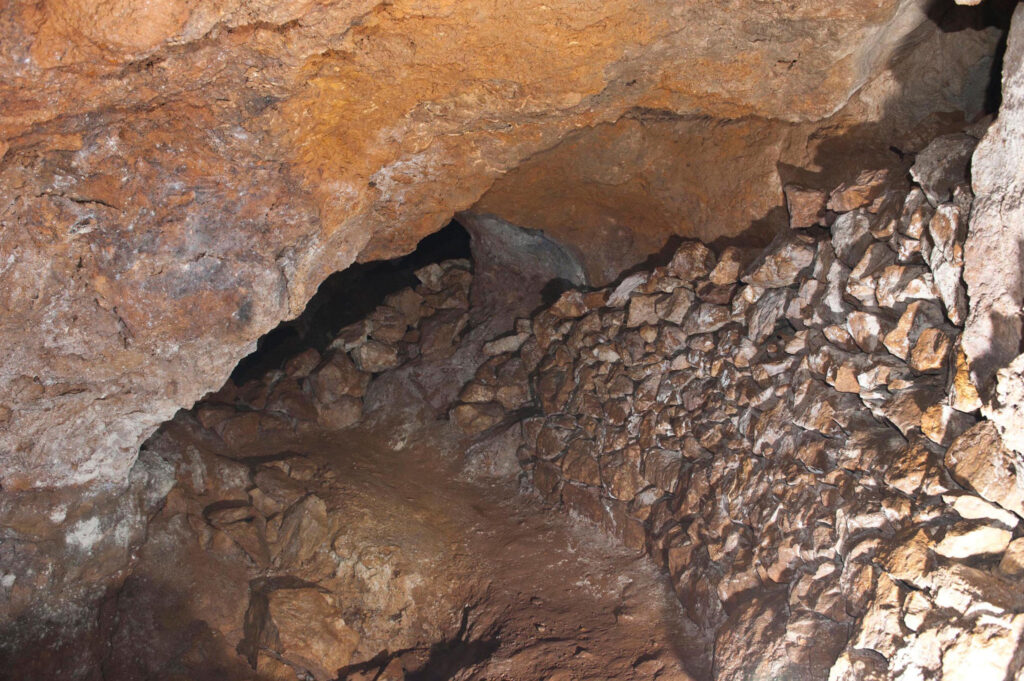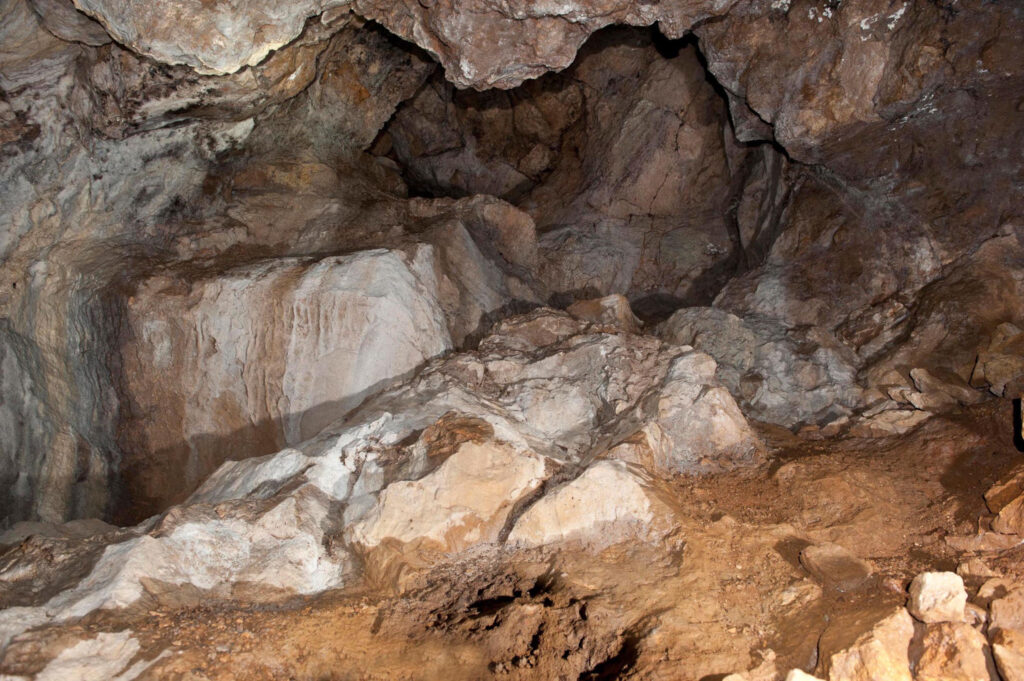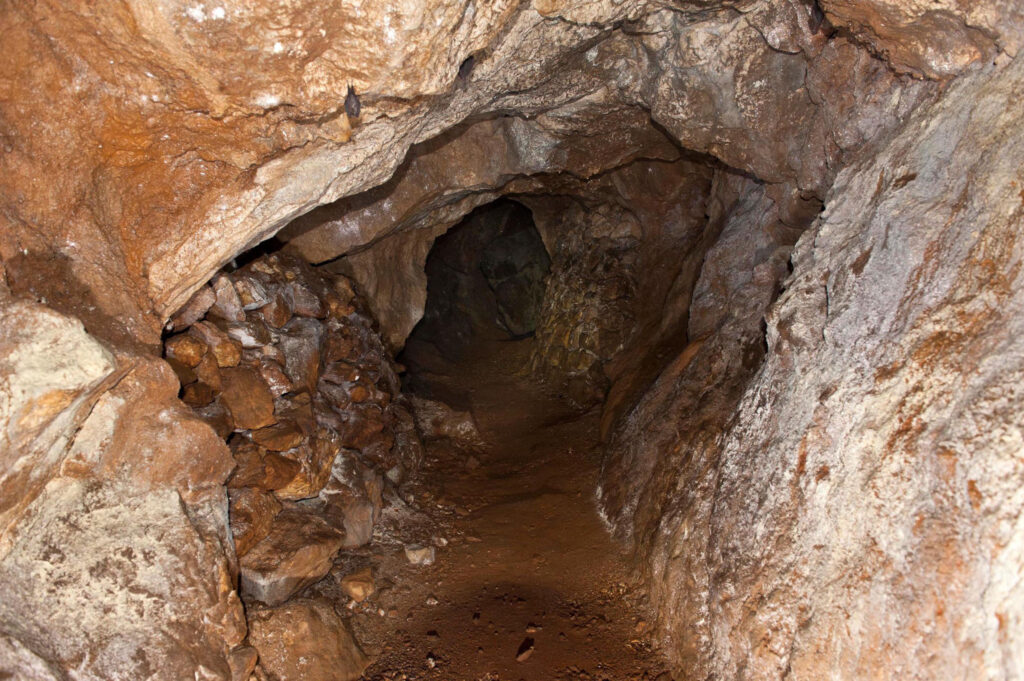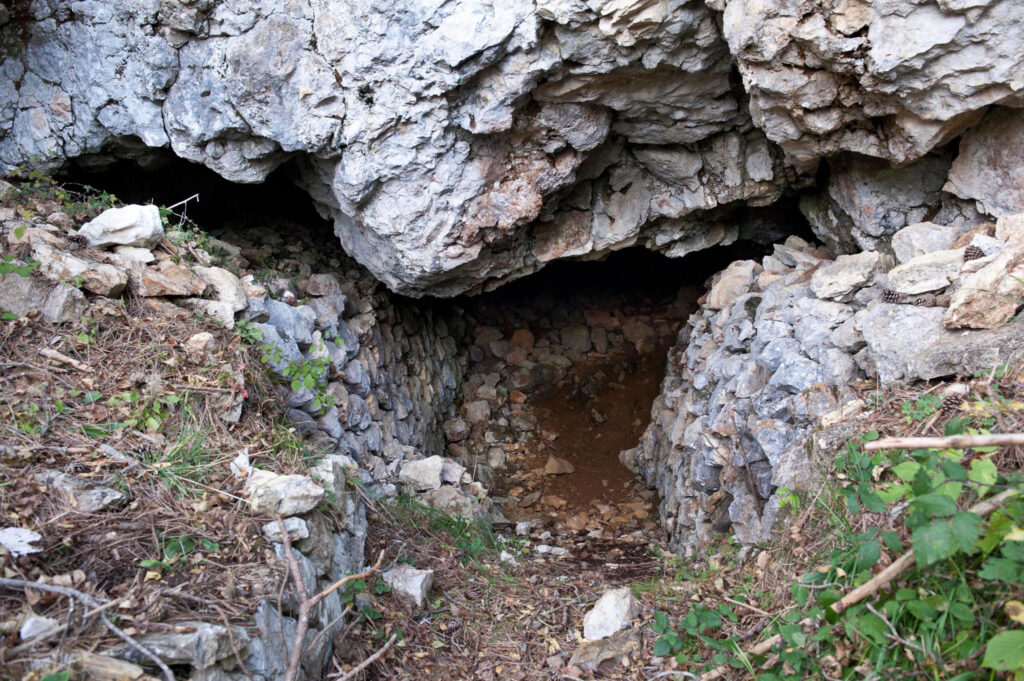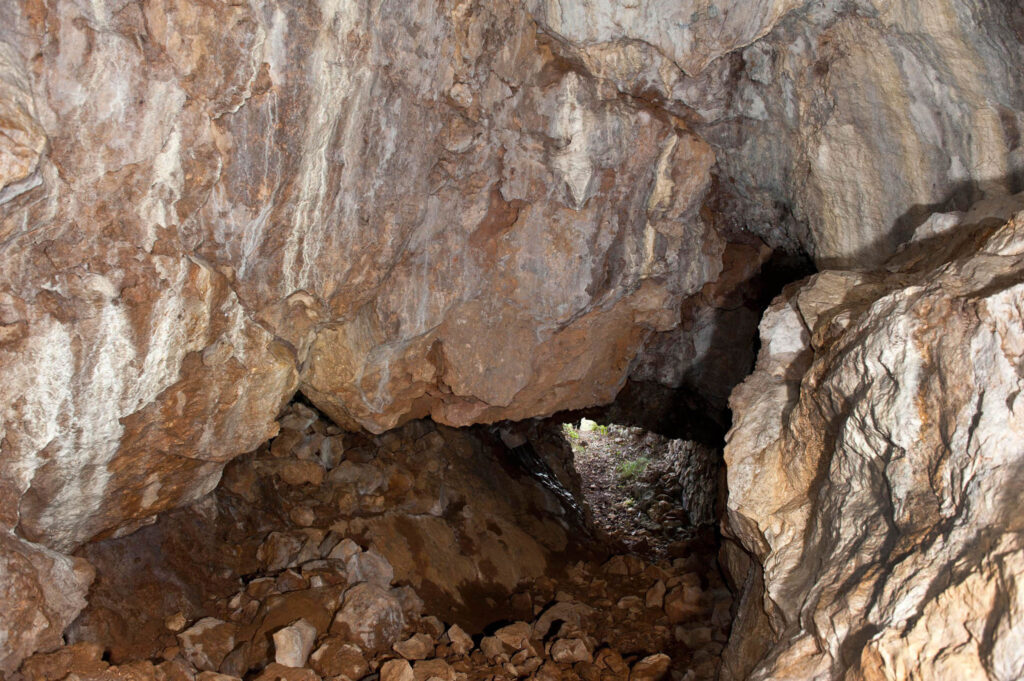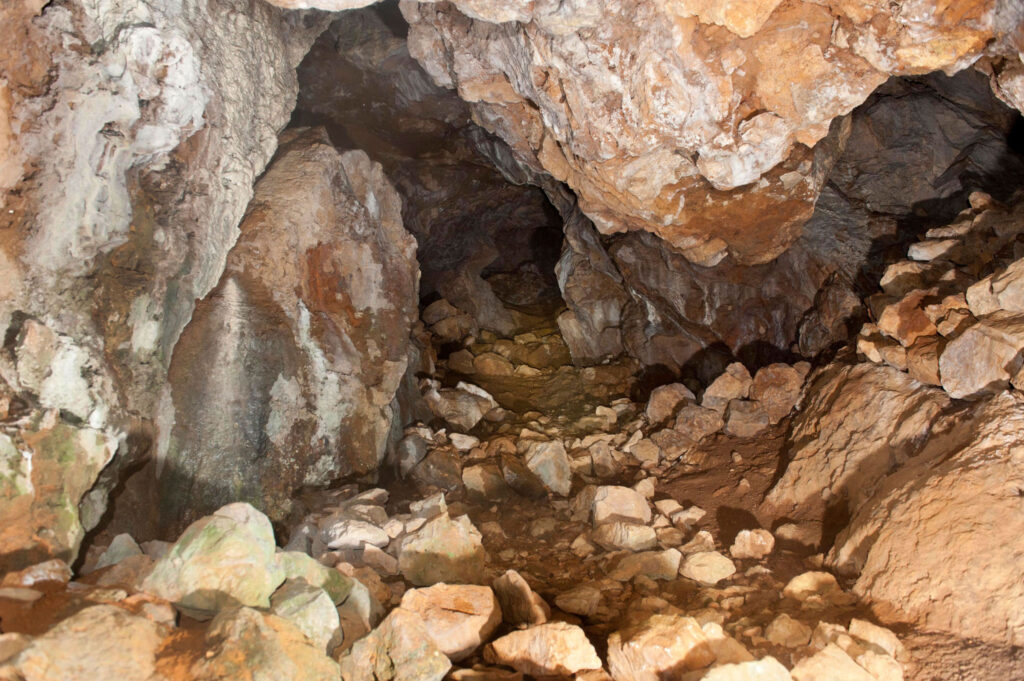Royal Mines of San Donato
Historical landmark
The Royal Mines of San Donato Val di Comino are a place of historical, industrial and geological importance located in the mountains surrounding the town of San Donato.
Our mountains tell stories charged with mystery and adventure, such as those of the Royal Mines of San Donato. The trail winds along the route that artillerymen, miners and women material handlers used in the various stages of iron mining. In addition to history, the trail is rich in plant and animal species, such as the Lesser Horseshoe Bat, lord of the Royal Mines.
The mines were built at the behest of King Ferdinand II of Bourbon after the uprisings of 1848 and as a result of British pressure to seize the natural resources of the South. The ruler boosted scientific research and technological innovation to support the economy and armed forces. With considerable investment he developed the metallurgical industry: thus the mining districts of further Calabria (Royal Ironworks and Mongiana Workshops) and Terra di Lavoro (Royal Mines of San Donato and Campoli, Real Magona of Rosanisco) were born.
Of the sites explored, those that yielded the best results for product quality were Monte Cunnola (now Monte Calvario, San Donato) and Monte Omo (Campoli). Gaetano Tenore's research prompted the start of excavation work as early as May. Mining was interrupted with the end of the Kingdom of the Two Sicilies (1860).
In its few years of existence, the San Donato mining area was articulated between Monte Calvario and Forca d'Acero. It consisted of five galleries (San Ferdinando Gallery, Santa Teresa Gallery, San Francesco Gallery, Sant'Agostino Gallery, and Castelluccio Gallery), two shafts, an open pit, several assays, and a deposit of waste rock material.
Our mountains tell stories charged with mystery and adventure, such as those of the Royal Mines of San Donato. The trail winds along the route that artillerymen, miners and women material handlers used in the various stages of iron mining. In addition to history, the trail is rich in plant and animal species, such as the Lesser Horseshoe Bat, lord of the Royal Mines.
The mines were built at the behest of King Ferdinand II of Bourbon after the uprisings of 1848 and as a result of British pressure to seize the natural resources of the South. The ruler boosted scientific research and technological innovation to support the economy and armed forces. With considerable investment he developed the metallurgical industry: thus the mining districts of further Calabria (Royal Ironworks and Mongiana Workshops) and Terra di Lavoro (Royal Mines of San Donato and Campoli, Real Magona of Rosanisco) were born.
Of the sites explored, those that yielded the best results for product quality were Monte Cunnola (now Monte Calvario, San Donato) and Monte Omo (Campoli). Gaetano Tenore's research prompted the start of excavation work as early as May. Mining was interrupted with the end of the Kingdom of the Two Sicilies (1860).
In its few years of existence, the San Donato mining area was articulated between Monte Calvario and Forca d'Acero. It consisted of five galleries (San Ferdinando Gallery, Santa Teresa Gallery, San Francesco Gallery, Sant'Agostino Gallery, and Castelluccio Gallery), two shafts, an open pit, several assays, and a deposit of waste rock material.
Do you want to visit this attraction?
Book your vacation now.
Royal Mines of San Donato,
PR7F+G7 San Donato Val di Comino,
Province of Frosinone,
Italy,
Italy
-
PR7F+G7 San Donato Val di Comino, Province of Frosinone, Italy
Details
Suitable for
- Couples, Groups, Solo travelers
Best season to go
- All the seasons
Duration / time of visit
- Up to 1 hour
Type of tour
- Small groups tour, Solo tour, Private tour, Virtual tour
Are audio guides provided?
- Yes, upon request
Available languages
- English, Italian
Ticket price
- Does not require a ticket
